Stringhalt in horses is a motor disorder that can affect horses’ breeds and is of unknown etiology. The disease is characterized by involuntary flexion of the hock during progression and may affect one or both hindlimbs. Possible associations include strain and degeneration of the sciatic or peroneal nerves, generalized distal axonopathy, spinal cord lesions, and articular bruise within the hock and stifle joints. It occurs in both scattered and epidemic forms.
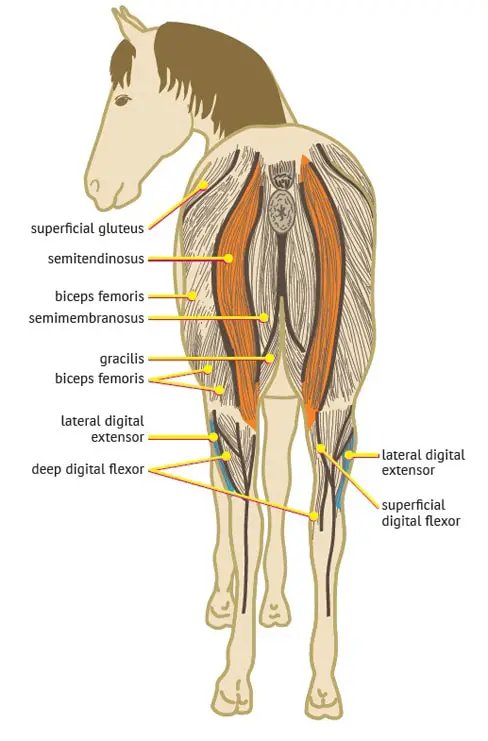
Although it is unknown whether the two forms are different manifestations of the same disease or different diseases of horses, in isolated cases, the condition seems to involve the lateral digital extension tendon.
What causes of the Stringhalt In Horses?
The causes of the disease are unknown. The disease is a neuromuscular disorder of the hindquarters caused by a pasture weed. The epidemic form reported to an outbreak in New Zealand and Australia has been associated with the ingestion of individual plants, particularly Hypochaeris radicata, suggesting a toxic etiology. Still, a causal role for any toxin has not been established.
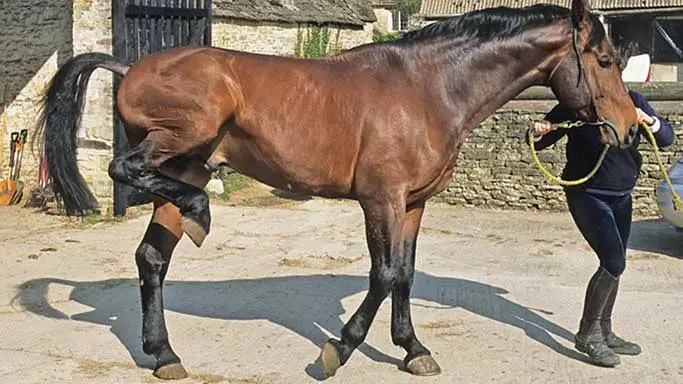
Forms of the Stringhalt
There are four forms of Stringhalt in horses. These are:
- Unilateral Stringhalt.
- Bilateral Stringhalt.
- Sporadic Stringhalt or Australian Stringhalt.
- Pseudostringhalt.
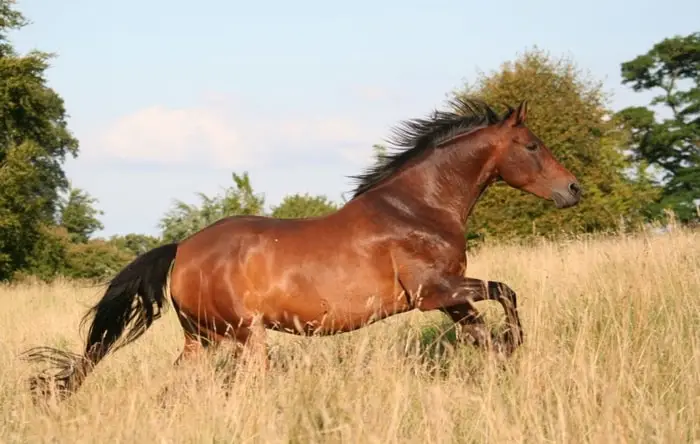
Clinical Signs of Stringhalt in Horses
Affected horses appear normal at the lull period but have a characteristic involuntary hyperflexion of the hock when moving. The disorder can vary in severity from a slight exaggeration of regular movement to a motion wherein the hindfoot strikes the belly. The leg may remain flexed for a few minutes. When both pelvic limbs are critically involved, forward movement is only possible by a peculiar “bunny hopping” action. With chronic cases of Stringhalt, there may be atrophy of distal leg muscles.
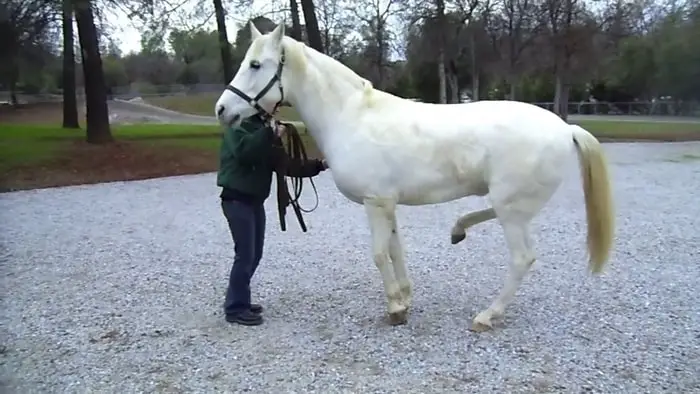
Toe scuffing, stumbling, and spasticity may be evident in some horses that have Stringhalt involving thoracic limb in epidemic form. In nearly all cases, the manifestations are exaggerated when the horse is turning or backing. It is most noticeable after the horse has rested, and cold weather may exacerbate the condition. Influential stridor due to left laryngeal hemiparesis may occur.
How is the Stringhalt in Horses Diagnose?
The characteristic hindlimb hyperflexion diagnoses Stringhalt. The condition must be separated from fibrotic myopathy in which the leg is jerked suddenly downward and backward before being kept to the ground. It must also be differentiated from the intermittent upward fixation of the patella and the condition known as “shivering,” which occurs primarily in draught and heavily muscled breeds.
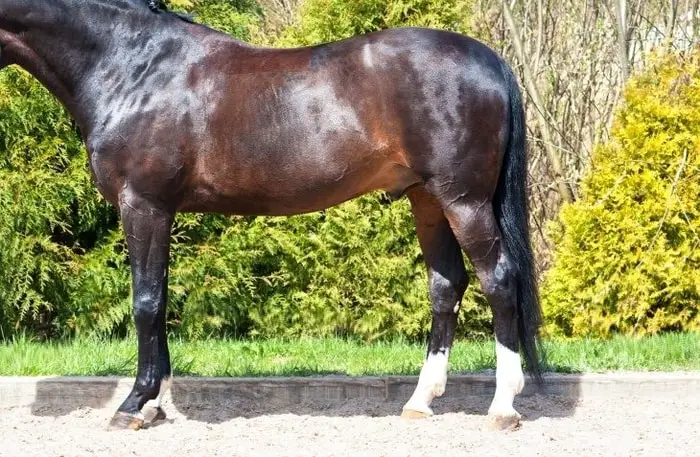
The Treatment of Stringhalt
The treatment for Stringhalt consists of the surgical removal of that portion of the tendon of the lateral digital extensor that passes over the lateral surface of the hock.
Some cases show almost immediate development, with complete resumption within 2-3 wk. Other cases may take a few months for significant recovery to occur and may never show complete recovery.
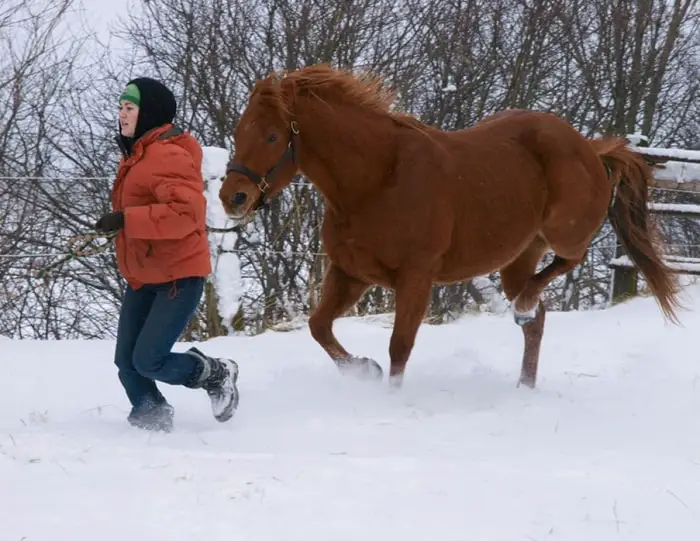
Some cases of sporadic Stringhalt may improve with rest. The majority of horses suffering from the epidemic form of Stringhalt recover spontaneously without treatment once they are removed from the pasture; however, this can often be protracted from several weeks to months.
Final Advice on Stringhalt in Horses
Stringhalt is not so common in horses, but it occurs sporadically in racing and other horses. The exact diagnosis is very much necessary with an expert veterinarian. The early diagnosis will reduce the further deterioration of the condition by proper correction and treatment. You must be cautious about the poisonous plant in your pasture. Regular exercise and a balanced diet will reduce the probability of the disease in most horses.